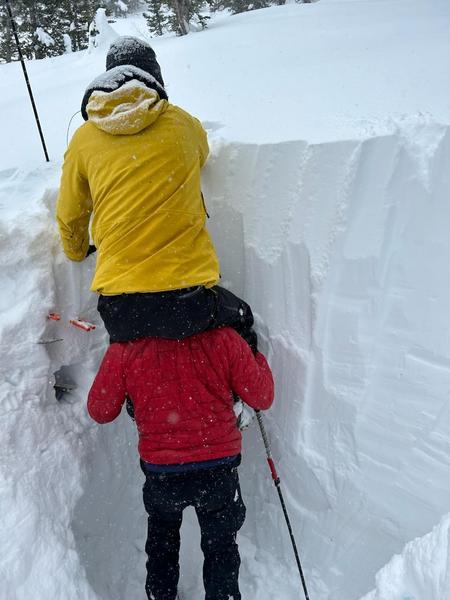Forecast for the Salt Lake Area Mountains

Issued by Dave Kelly on
Tuesday morning, January 10, 2023
Tuesday morning, January 10, 2023
The avalanche danger is HIGH at upper elevations where natural avalanches are occurring. The avalanche danger is CONSIDERABLE in mid and low elevation terrain where human triggered avalanches are likely.
Travel in the highest elevation terrain is not recommended and cautious route finding should be used when traveling at mid and low elevations. Avoid travel on slopes steeper than 30 degrees or below steep terrain.

Low
Moderate
Considerable
High
Extreme
Learn how to read the forecast here










